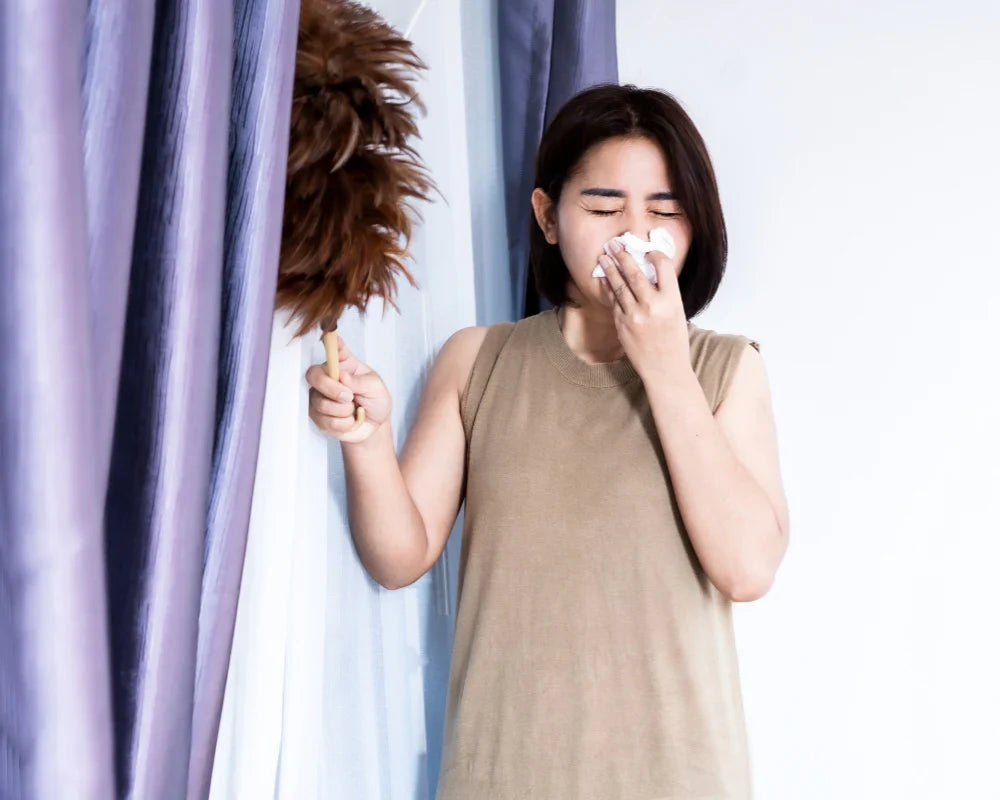1. Keep Your Hands Clean
One of the most basic kitchen hygiene practices is washing hands. Before handling food, wash your hands with soap and warm water for at least 20 seconds. Dirty hands spread germs easily.

-
Wash hands before and after handling raw meat.
-
Avoid touching food with unclean hands.
-
Dry hands with a clean towel or paper towel.
2. Follow Kitchen Hygiene Rules for Kids
Teaching kitchen hygiene rules for kids helps them understand the importance of cleanliness. Simple habits like washing hands, cleaning spills, and not licking fingers while cooking prevent contamination.
-
Encourage kids to wash hands before touching food.
-
Teach them to clean up after cooking.
-
Avoid cross-contamination by using separate utensils for raw and cooked food.
You May Also Like: Style New Balance 327 Women's Outfit
3. Clean and Disinfect Surfaces Regularly
Wondering what is the purpose of disinfectants in kitchen hygiene? They help eliminate bacteria and viruses from surfaces like countertops, cutting boards, and sinks.
-
Use food-safe disinfectants.
-
Wipe surfaces after preparing raw meat or vegetables.
-
Keep dish sponges and cloths clean.
4. Store Food Properly
Proper food storage is a key part of kitchen hygiene and safety. It prevents spoilage and contamination. Always store food at the right temperature and in sealed containers.
-
Keep raw meat separate from ready-to-eat food.
-
Refrigerate perishable items promptly.
-
Label food with expiration dates.
Read More: Home Office Decor Ideas: How to Create a Productive Space
5. Maintain a Kitchen Hygiene Checklist
A kitchen hygiene checklist ensures cleanliness in all areas. Stick to a daily and weekly routine to keep your kitchen germ-free.

-
Clean countertops and tables.
-
Wash utensils immediately after use.
-
Take out the trash regularly.
-
Disinfect the sink and faucet.
-
Check the refrigerator for expired food.
6. Safe Food Handling Practices
Following kitchen hygiene rules while handling food minimizes health risks. Always wash fresh produce before use and cook food at the right temperature.
-
Use separate cutting boards for meat and vegetables.
-
Never use the same knife for raw and cooked food.
-
Ensure meat is cooked thoroughly before eating.
Read Related: Hosting the Ultimate Sports Night: Game Day Table Setup with Cotton Linens
7. Use High-Quality Kitchen Towels
Keeping kitchen linens clean is essential. Using high-quality kitchen towels ensures better hygiene and prevents bacteria buildup. Find soft and durable kitchen towels, table linens, dinner napkins, grocery bags at All Cotton and Linen.
8. Avoid Cross-Contamination
Cross-contamination occurs when harmful bacteria transfer from one surface to another. Prevent this by:
-
Using separate utensils for raw and cooked food.
-
Washing hands between handling different food items.
-
Keeping pet food and human food separate.
9. Clean Kitchen Appliances Regularly
Kitchen appliances like ovens, microwaves, and refrigerators need regular cleaning. Bacteria thrive in dirty appliances, leading to contamination.
-
Wipe spills immediately.
-
Deep clean the fridge monthly.
-
Clean microwave interiors after each use.
10. Follow Kitchen Hygiene Tips for Waste Management
Managing waste properly is an essential part of kitchen hygiene and sanitation. A clean kitchen includes proper disposal of garbage and recycling food waste responsibly.

-
Use sealed garbage bins.
-
Empty trash bins daily.
-
Avoid letting food waste sit out for long.
What Are the Top 10 Rules for Good Kitchen Hygiene?
-
Wash hands before and after cooking.
-
Clean and disinfect all surfaces.
-
Store food properly in sealed containers.
-
Separate raw and cooked food.
-
Use clean utensils and dishware.
-
Dispose of waste regularly.
-
Wash dishcloths and sponges frequently.
-
Keep kitchen floors clean and dry.
-
Cook food at the correct temperature.
-
Keep the refrigerator at the right temperature.
Types of Kitchen Hygiene
Different aspects of kitchen hygiene tips focus on cleanliness, food safety, and sanitation. These include:
-
Personal hygiene - Washing hands, wearing clean aprons, and avoiding touching food when sick.
-
Food hygiene - Storing, cooking, and handling food safely.
-
Surface hygiene - Cleaning and disinfecting countertops, sinks, and stoves.
-
Waste hygiene - Proper disposal of kitchen waste.

Good kitchen hygiene keeps your cooking space clean and your food safe. By following best practices for kitchen hygiene, you can prevent contamination, bacteria buildup, and foodborne illnesses. Stay consistent with kitchen hygiene rules, keep your space organized, and ensure food safety at all times.





